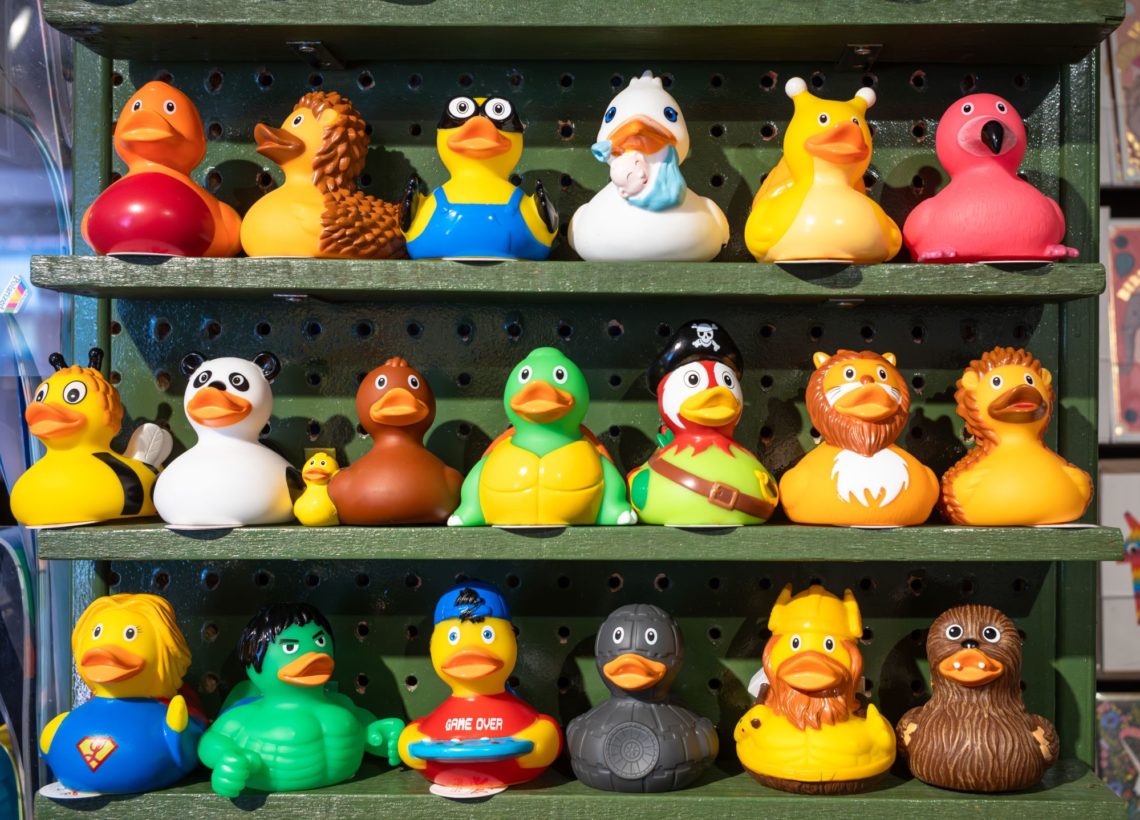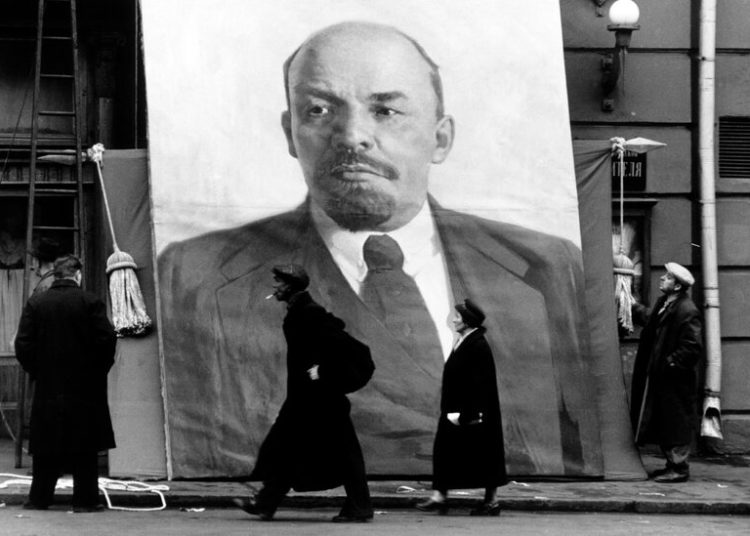How do you like your eggs? Probably not at $8 dollars a dozen. But that’s what some shoppers in the U.S. have been having to fork out as the rising spread of avian influenza—more commonly known as bird flu—has caused a severe shortage that’s driven up the price of breakfast. Around 168 million domestic birds have been culled since the current outbreak began in 2022, with the virus moving through poultry farms across the country with renewed vigor over the last year. It’s also increasingly jumping between species, with almost 1,000 dairy herds becoming infected since March 2024. Human cases are relatively rare, but the infection of dairy cattle has led to over 70 people getting sick, most of them farmworkers. Meanwhile, migratory wild birds continue to transport the virus around the globe.
VICE sat down with Spanish epidemiologist Lucas González to find out how concerned we should be. Lucas worked as a public health official on pandemic planning in the Canary Islands and was part of the local response to the 2009 influenza pandemic. Now based in Scotland—and an active member of the online ‘flu surveillance’ community—he’s been thinking hard about this nasty pathogen for the best part of 20 years.
It might not seem like the most enjoyable way to spend your life. But it does make you an expert on these matters.
VICE: Hey Lucas. So, how does this thing spread?
Lucas González: Bird flu spreads in different ways—among waterbirds, via feces. In poultry, through close contact. Between cows, probably via milking equipment. Cats get it by eating infected birds or drinking raw milk. Humans risk infection through prolonged aerosol exposure in high viral environments, such as farms.
Among humans, flu is frequently transmitted through particles that stay in the air. If we’re outside, the air takes it away. But being indoors, breathing with other humans, is what drives the winter epidemics and the pandemics.
The situation with animals is different because the virus that comes out of an animal is ready to go into another animal, but is not ready to go into a human because it doesn’t have the key to our door. So the concern with bird flu is the possibility that it would become human flu, that it would change enough to acquire the key to our door. There are other concerns: It’s killing wildlife, it’s doing stuff to the price of eggs. All sorts of things that are very real for a fraction of humanity. But a pandemic would affect all of humanity.
Though transmission from animals to human beings is unusual, right?
It’s quite low and unusual at the moment, but that could change. What we’re observing is that there are more chances of catching it from animals. If it’s in a tiger in the jungle, we’re not going to catch it. Now that it’s in cows, in their milk, in cats and cat food, it’s a different thing. We have seen farms where the cows are infected and the cats die. We don’t know exactly what’s going on. And in the United States, they do have a problem. Everybody else in the world secondarily has a problem, but they have the most pressing problem. Because the United States being what it is—there is the federal government, there is the government in each state, and there is the freedom of farmers and workers—all of those interests are creating a situation in which things that are important don’t get done.
Such as?
At the very beginning, some say it might have made sense to cull the dairy herds that had the virus. A few cows, not very expensive. Now, the problem is bigger.
When did the H5N1 outbreak get going?
The very first one was noticed in 1998, then it took off in 2005. That’s when we started doing our very intense period of planning, but then things ebbed out. However, in the last four years, it has been gaining speed again.
And it’s spread much further round the planet this time?
Yes. During the last four years, what people call bird flu—and technically it’s type A, subtype H5N1—but whatever you call it, bird flu has grown dramatically. It’s spread to more places, to more species; not just wild birds and poultry, but also wild animals and now domesticated animals. Only a few cases in humans, so it’s not a pandemic. It’s what we call a panzootic: an animal pandemic. But the problem is that flu viruses have the capacity to evolve.
But I’m right in thinking that there’s still no evidence of human-to-human transmission with H5N1?
There is historical evidence of human-to-human transmission, in a very limited way. In recent times, we don’t have evidence of human-to-human transmission. But every time a single person gets infected from an animal, it’s a chance for the virus to evolve inside that person.
The trouble with viruses in general and flu in particular, is that they don’t have quality control for the copies. They’re mutating all the time and sometimes they can reassort. The World Health Organization and all the experts take it as a given that pandemics are not a matter of if, they are a matter of when. It’s like rain in Scotland. It’s going to happen.
How big a deal is it for a person to get H5N1?
It depends on the animal source. Human flu from birds has been less deadly in the current outbreak than it once was; it’s been lethal in around 50 percent of those who’ve contracted it over the past 20 years. At the same time, we also know H5N1 has killed many cats that spend time around cows, and has killed wild mammals like sea lions. So I think we don’t want to find out how bad it can be if H5N1, from any origin, goes human to human.
Is there a vaccine to protect people against H5N1?
There are vaccine candidates, production lines, and agreements between producers and governments. What we hear producers say is that, with current technology, it would take months to get the first dose in the first arm. If severity is high, demand would be intense from all countries, and respiratory protection (mostly well-fitted masks) would be needed to shield those working to supply and distribute the limited amounts of vaccine.
“It’s like rain in Scotland. It’s going to happen.”
How are the institutions tasked with handling the response doing?
I don’t see them doing what’s needed, at all. The problem is they are very heavily focused on one particular side of the prevention efforts and aren’t paying attention to other parts of the picture. They think of vaccines, and the public fears lockdown. The massive issue is that no one talks about what would be the most important element in the event of a severe scenario: a strategy for having protective respiratory protection for vital workers all over the world.
So what can be done to mitigate the impact?
Predictions don’t really work for flu. We know there will be another pandemic, but we don’t know when, how severe it will be, or what age groups will be most affected. So we need to look at all the possible scenarios, and focus on each one, without distractions.
If it happens to be not much worse than normal flu, our systems can cope. If it’s, say, like Covid, or five times worse than Covid, then what do we do? In our community, we look at those scenarios without fear, like those car engineers who watch many simulations of a car hitting a wall at 60 miles per hour and then redesign the airbag because that’s their job.
For a severe or very severe scenario, we look at disease and death, which are the direct problems. But we also need to look at the indirect problems: the disruption that is likely to appear if we have, say, a flu like the “Spanish” one of 1918, with many deaths in people around 35 years of age, who’d previously been healthy. Or in children, like H5N1 has proved capable of doing.
In that scenario, all of us would be strongly motivated to not catch it or let our families catch it. The emotions would be reasonable, but what would the actions be? If what happens is a disorganized lockdown—people staying at home, avoiding work, complaining loudly, governments trying to impose order—it would be a mess, and people would still get infected.
So we could attempt an organized lockdown, like what we’ve experienced or seen around the world. It would hurt, but many would accept it… kind of. The problem is it wouldn’t necessarily protect the healthcare workers and others in similarly vital jobs.
So we need to do better. We need to get ready to protect everyone, especially the people who keep the lights on, keep the food moving, make the insulin and bring it to you. It’s maybe 10 percent of the world’s population. If they have good masks—disposable respirators, or elastomeric ones, like the ones you use for painting—many important things will work. It’s not about being fully prepared for everything. It’s about making the minimum investment that will give us the most peace of mind. We look the monster in the eye, count its teeth, look at our hammer, and get building the protections.
Follow Lucas González and Joe Banks on X.
Previously: We Asked an Expert: Who Would Win in a War Between the UK and France?
The post We Asked an Expert: Will Bird Flu Be the Next Pandemic? appeared first on VICE.




